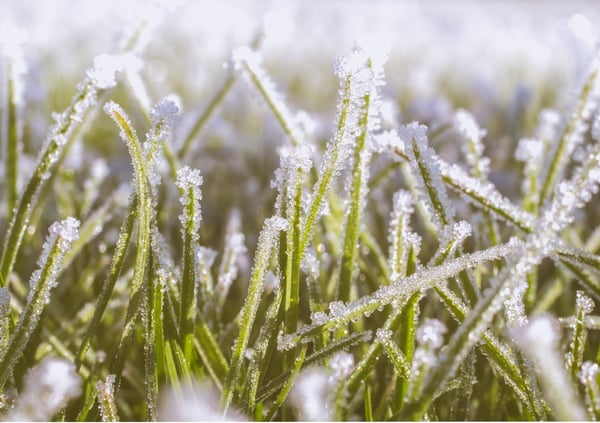We aren't the only creatures affected by changing weather-- pests in New England have to adjust too.
If you’ve lived in New England for any period of time, you know the old adage: “If you don’t like the weather, wait five minutes”. The unpredictable nature of our region’s weather can be confusing, not only for humans, but for pests. Here at Burgess, we were still getting calls from customers complaining of ants as recently as Christmas! Weather patterns affect pests in New England as much as they do us. Here’s how.

Warm
It seems obvious that pests are generally more active in warm weather. We’ve all been there, shooing ants away from a cookout, swatting at mosquitoes, dodging bees chasing after our beverages. We tend to assume all insects are hibernating in winter and wake up in spring, but the truth is, insects don’t have calendars. They rely on environmental cues, and one mild winter day is enough to bring them out of hiding. Longer periods of warm weather provide pests with food opportunities, more time to reproduce, and water sources as snow and ice melt.
Cold
As temperatures fall, pests are busy clamoring for food and seeking warm places to hunker down. Overwintering insects and rodents will try to make their way into houses, where they have all the warmth, water, and food needed to survive the winter months. Ants may nest in or near a home in an attempt to ensure the colony will see the arrival of spring. Other insects may migrate or take shelter in trees and logs to avoid the elements and wait out the winter.
You may think that a snowy winter means more dead pests, but lots of snow can actually provide insulation for pests like ticks and termites, sheltering them from cold, dry air and wind.
Wet
Speaking of snow, let’s talk about water. Some pests love rain, some hate it, but most require some amount of wet weather to survive. Many pests that live underground will get flooded out of their nests during heavy rain, causing them to move upward in search of higher, dryer ground—like your house. Ants, earwigs, springtails, even mice and rats have their limits when it comes to moisture.
Pests like mosquitoes and ticks thrive in damp weather. Mosquitoes require standing water to lay their eggs in, but they don’t need much. Any stagnant water after a rain or thaw will suffice: bird baths, flower pots, tarps, even a small puddle will do. Ticks thrive in humid weather and breed much quicker during rainy periods, presenting a considerable problem for people and pets.
All kinds of weather can impact what types of pests you’re experiencing and the level of pest pressure on your home. Understanding how different environmental conditions affect the critters in your area can help you stay one step ahead of the game. Because the weather in our region keeps us all guessing, it’s a good idea to keep pest control going year-round. Don’t let Mother Nature mess with you-- call or email Burgess Pest today for your free consultation.


